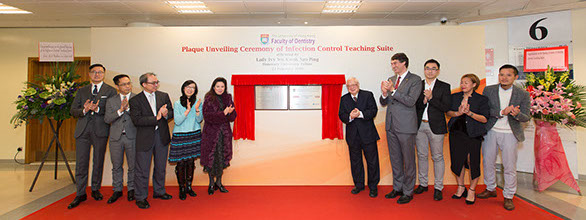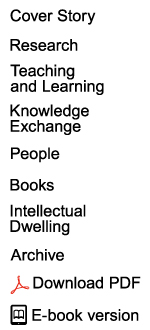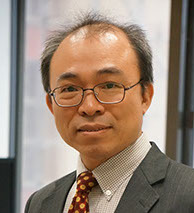
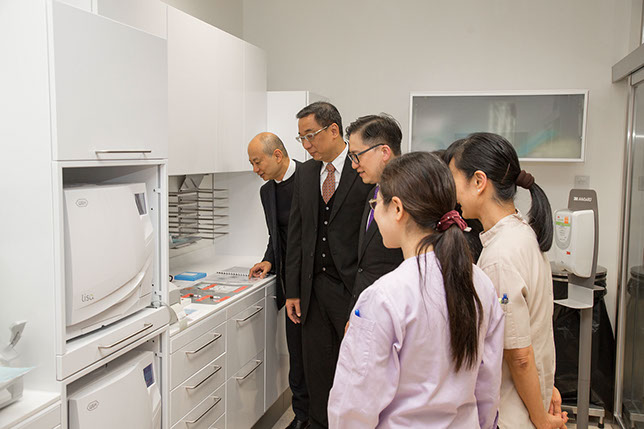
Clean Bill Of Health
The Dental Faculty has recently further enhanced its reputation for state-of-the-art teaching facilities with the opening of an Infection Control Teaching Suite (ICTS). The new suite is the first of its kind in Hong Kong and marks the Faculty’s commitment to ongoing excellence.
Professor Gary Cheung, Associate Dean in Undergraduate Education, Faculty of Dentistry, was instrumental in the creation of the teaching suite, said: “This is a crucial part of training for dental students. They need to know the necessary steps for infection control, namely instrument cleaning, disinfection and sterilisation as well as waste disposal, before they become practising dentists.
The ICTS is equipped with the most advanced sterilisation facilities and technologies for the decontamination of dental instruments, including a twin instrument cleaning sink, a hand-piece cleaner and lubricator, a thermal washer-disinfector and two vacuum type autoclaves.
Professor Cheung said: “Some of our students will work in hospitals where there will be a central sterilisation unit, but most will be dentists in clinics where they will lead a dental team. The chances are they won’t sterilise the instruments or the equipment themselves, their nurses will. But it is vital that they have hands-on knowledge of the entire cycle, from buying the best equipment to using it, to how chemical sterilisation works.”
![]() Before the Infection Control Teaching Suite was opened, students learned via theory and through observing nurses in clinics as they prepared instruments. Now, it is hands-on, they do it themselves.
Before the Infection Control Teaching Suite was opened, students learned via theory and through observing nurses in clinics as they prepared instruments. Now, it is hands-on, they do it themselves. ![]()
Professor Gary Cheung
Stringent guidelines
The equipment in the ICTS is for standard procedure based on stringent guidelines from Europe – “which are stricter than those in the US,” commented Professor Cheung. “We adhere to guidelines from the Department of Health in the UK, the Department of Health in Hong Kong and the Dental Council. This means that all stages of sterilisation must be logged and traceable – so that if there is a problem you can show that all sterilisation procedures were carried out to the letter – and this equipment does all that.”
During their studies, students will learn in ICTS in their second year before they go into a clinic situation for the first time and again in year six, just before they graduate. The latter sessions will act as a refresher course before they go out to practice.
“Before the ICTS was opened,” explained Professor Cheung, “students learned via theory and through observing nurses in clinics as they prepared instruments. Now, it is hands-on, they do it themselves.” He added that the suite has also opened up the possibility of starting practical courses for nurses working in dental clinics. The first one is planned for October.
Other apparatus includes a Cou Cou box, which shows how well you have washed your hands. “This always startles students,” said Professor Cheung. “Throughout their training we remind them about the importance of washing hands properly and paying attention to every part of the hand – but this box uses fluorescent lights to show up areas where there are still germs.”
The ICTS is not the Faculty’s only new facility. At the moment the simulation laboratories are being renovated. “Simulators are now being used frequently in Medicine, but Dentistry has used mannequin heads, jaws, and so forth for decades,” he said.
“Our simulation laboratories had room for 60 students, the new ones – due to open this September ready for the new academic year – will house 80. The old units – first built around 35 years ago have had tech add-ons over the years, but now everything will be in-built, so all 80 units will be state-of-the-art.”
Self-learning areas
The new software also has implications for student management. “When it is put in place, along
with other adjunct facilities, I hope we will be able to use the simulation laboratories as self-learning areas – that is the vision,” said Professor Cheung.
“We will be able to see who has logged in to use equipment and for how long, so it also has the potential to generate big data on student activity. For example, if one student takes 30 seconds to
do a procedure and another takes 30 minutes, perhaps we will be able to look into why the discrepancy. Further, since Dentistry requires manual skills – in addition to diagnostic skills and medical know-how – perhaps this kind of equipment will enable us to test if potential students have any manual capability before they even embark on the course.”
The Faculty also boasts a Haptic simulator laboratory, which uses software to produce a three-dimensional image of a tooth or a patient, and a hand-piece drill so that students can practise virtual dentistry. For students it is a safe environment to learn to hold and operate a drill. “This laboratory is also being upgraded,” said Professor Cheung. “The new software enables you to upload an image of a real patient, meaning that trained dentists in clinics who are about to embark on complex surgery can practise the operation first in the virtual mouth of that patient. This is cutting-edge technology, and the equipment will give our students valuable training opportunities.”
Next
Back
To improve awareness and training on the prevention of infection in dentistry, the Infection Control Teaching Suite was opened in February, 2016.
Dean of Dentistry Professor Thomas Flemmig (third from left), Professor Gary Cheung (third from right) and nurses who teach in the Infection Control Teaching Suite.
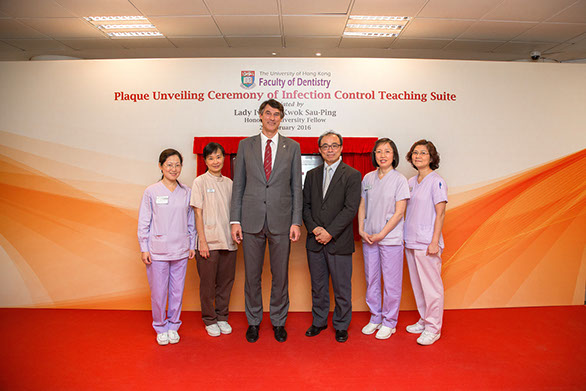
State-of-the-art sterilisation facilities visited by members of the Dental Council and Dental Association.
